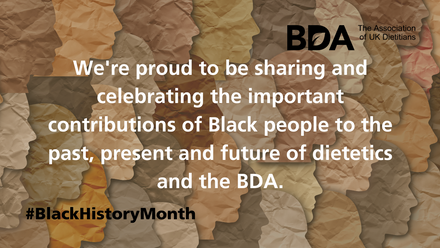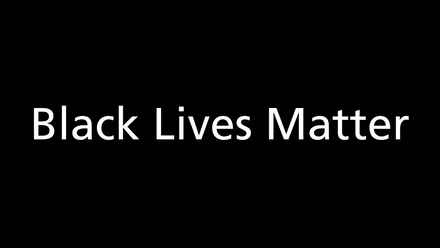It’s Monday morning and we are attending an online meeting of the BDA General and Education Trust (GET). We want to talk about sex – specifically, to raise the issue of sex-disaggregated data in research and how as a profession and as trustees we might be able to facilitate a more equitable approach and ensure promulgation of more useful data.
Practising fairly and equitably is central to our dietetic values and professional standards. Sex – along with age, gender reassignment, marital status, pregnancy, disability, race, religion and sexual orientation – make up the nine protected characteristics described in the 2010 Equality Act. These values apply to all of us at work, in education, as consumers, when using public services, when buying or renting property and as members or guests of a private club or association.
While research is not explicitly included in the Act, there is good reason to ensure that research includes relevant participants that are representative of society. Indeed, promoting equality, diversity and inclusion is at the heart of UK Research and Innovation’s (UKRI’s) vision and is core to the aims of the European Institute for Gender Equality (EIGE).
Caroline Criado Perez describes in her book Invisible Women how data used to inform many areas of life have been frequently collected predominantly from men. She cites evidence relating to seat belts, protective clothing and iPhones. Examples in health where there are differences in male and female data include drug metabolism, vaccine response and presentation of conditions like heart disease, autism and Parkinson’s disease.
By disaggregating data by sex, i.e. presenting male and female data separately, she argues that relevant sex-specific developments will follow leading to better outcomes for all. This requirement is relevant not only to those undertaking research but also to those responsible for acting on the outcomes of that research, i.e. practitioners. The BDA GET, which exists to advance the science and practice of dietetics and is a research funder, also has a role to play.
This stimulated thinking about nutritional data and especially about requirements and nutritional assessment. Often published values (e.g. results and reference norms) are presented separately for males and females but sometimes they are not. Sometimes scientific papers describe their data as being derived from X number of male participants and Y female participants and then present a results table with data combined for both. It doesn’t make sense to do this, especially when looking at many nutritional values – for example intake, body weight, waist circumference and grip strength – due to the differences between male and female values.
Presenting combined male-female data may allow aggregated differences to be identified in interventions or comparative time-point studies but does not facilitate a true understanding of what is happening in either male and female participants, thus potentially missing important information for both sexes and disadvantaging both.
Excess death from heart disease in women is one important example of the consequences. Recognising that sex, as a biological construct, is not binary requires us to think even more broadly and accept the sensitivities that may arise when considering categories for example in sports (1,2 - see references below). Similarly, when considering ethnicity, for example, waist circumference cut-offs and cardiovascular risk, attention must be paid to presenting and using data in the most useful way to facilitate health in people from all backgrounds.
A recent contribution to this is the work of a team of undergraduates collecting data and developing better equations for predicting height from ulna length in adults from diverse backgrounds3. Hopefully the new equations will be useful but, again, there are sensitivities about categorising individuals even if they self-identify.
We don’t have answers to all these issues but think we need to be aware of the concerns when all data are presented together without consideration for the individuals it was collected from and which potentially leads to those in some demographics being under-represented.
As GET Trustees responsible for upholding the values of our profession through research and education and ensuring appropriate dissemination of results, it is equally important to ensure these constructs are addressed and remain high on our agenda. As a profession where most dietitians are women (at least at present, let’s keep working on this), it is important to think about this and develop strategies that support inclusivity and are relevant for all.
We think we could start by calling for funding and publishing of nutrition and dietetic research to routinely present sex-disaggregated data unless there is a good reason for not doing so.
Well, that was our message on Monday morning. What do you think?
References
- Ritchie R et al (2008) Intersex and the Olympic Games. J R Soc Med. 101(8) 395-399.
- Hilton EN et al (2021) Transgender women in the female category of sport. Sport Med. 51(2) 199-214.
- Madden AM et al (2020) Improved prediction equations for estimating height in adults from ethnically diverse backgrounds. Clin. Nutr. 39(5) 1454-63.



